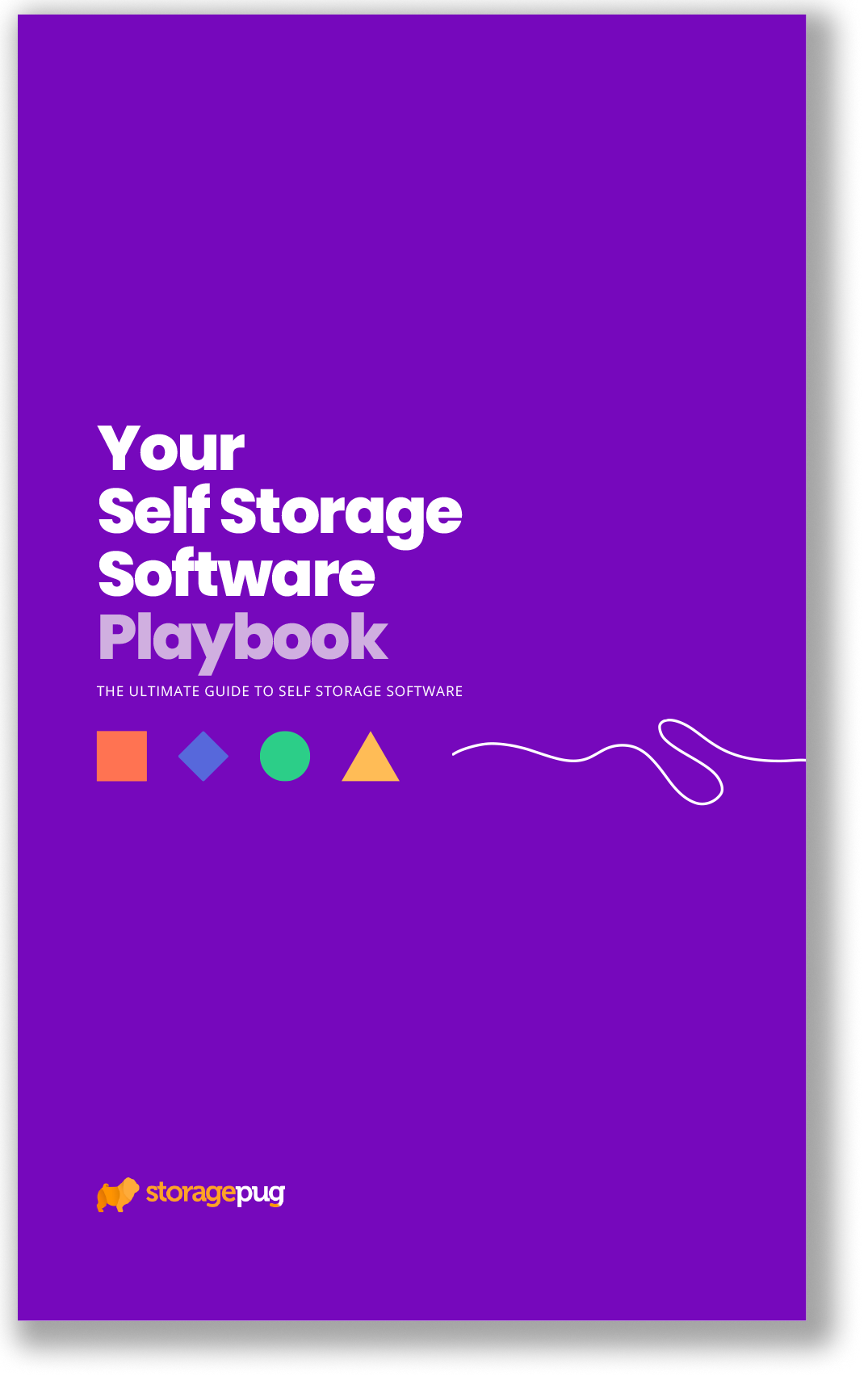Menu
March 22, 2024


100% occupancy! I’ve finally finished! I’ve won self storage!
Right? StoragePug? Hello?
Look, fictional self storage operator, I don’t know how to tell you this, but you don’t want your facility to be 100% full. There’s more to it than that.
Having a full facility is fantastic. That means you’ve built up your brand, taken care of your customers, and made it easy to do business with you!
But having a full self storage facility also means you’re missing out on potential revenue.
There are three different types of occupancy that self storage operators should know about. Measuring your occupancy in different ways can help you see opportunities for growth, as well as places you might be falling behind!
This is the occupancy your self storage software is already tracking. Unit (or physical) occupancy is a simple measure of how many of your self storage units have been rented.
Physical occupancy is a great metric that lets you understand how many renters you have, how many units you have available, and how those things change over time.
When self storage operators talk about "occupancy," this is usually the number they’re referring to.
It's a great headline number! You can take a glance and see how much of your facility is rented. Too low, and you know you need to take action. But it doesn’t tell you the whole story.
If you’re at 80% physical occupancy, does that mean all your cheapest units are full, while the bigger, more expensive ones sit empty?
Do you offer a particular type of storage that your tenants are fighting over (like climate control) and other units that no one wants? What sort of discounts did these tenants sign up with?
On the other hand, if you're at 50% occupancy but all your locker units are empty and your expensive warehouse units are full, is that good or bad?
The answers to these questions can change what your physical occupancy rate actually means for your business. For a true understanding of how your business is doing, you’ll need to look deeper.
Area occupancy, sometimes called square footage occupancy, measures what percentage of the total square footage of your facility is being rented at a time.
One way to calculate the total potential income of your facility is to estimate the cost per square foot you can bring in. This gives you a baseline to work from with amenities, discounts, and marketing. Are you making under the average for your area, or over?
Using square footage occupancy, operators can see how much of their actual facility they’re making use of! If 90% of your units have renters, but your 5 massive warehouse units are empty, you’re definitely not making the most out of your space.
Your self storage PMS may be able to measure this for you, but even if it can’t, consider calculating it up by hand. This number can provide some useful insights into your business.
Add up the square footage of all rented units and compare that to your facility’s total square footage.
The most important type of occupancy for any small business owner, economic occupancy measures what percentage of your maximum potential income you’re making.
This number shows why being 100% full isn’t the best for your business!
If your facility is completely full, that means your rates aren’t high enough! You could be charging more and making more for your self storage units, because the demand is clearly there. This is why seasoned operators aim for 85-90% physical occupancy - you could be making more off of fewer renters if your rates were higher.
There are many different ways that self storage operators end up earning less than they should be. Three of the most common offenders are:
How do you know if your discounts are too large, or if they’re driving business? Is exempting a renter worthwhile if they’re a tenant for another year?
The economic occupancy rate will tell you how close you’re getting to your max. It’s calculated by comparing the top rate you could charge for each self storage unit (by looking at your rates and competition in the area) and seeing how close you’re getting to that number.
This is where the 90% number comes in! You can make more being 90% full at maximum rates compared to 100% full at suboptimal rates.
Keeping an eye on your economic occupancy can help you know when to increase rates! Of course, tracking your competition is necessary too.
Understanding your economic occupancy can help you see where your revenue could be falling behind, and where you may be able to improve. Of course, if you’re looking to improve your self storage business, our websites can help!
Learn more ways to improve your self storage facility with these:
At StoragePug, we build self storage websites that make it easy for new customers to find you and easy for them to rent from you.
